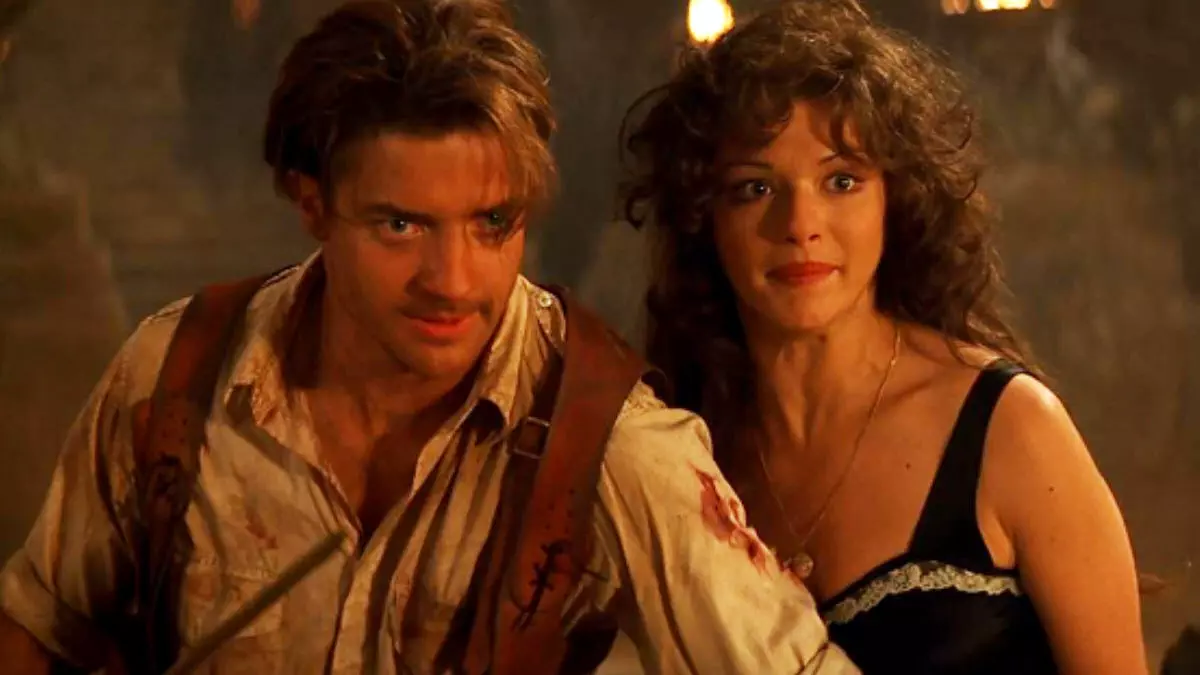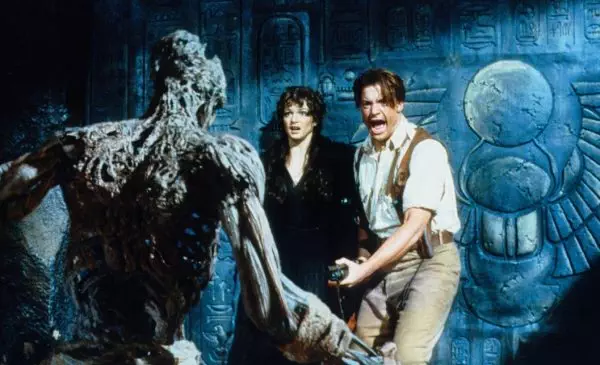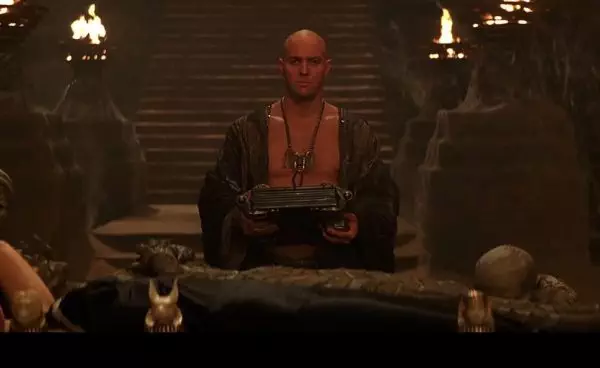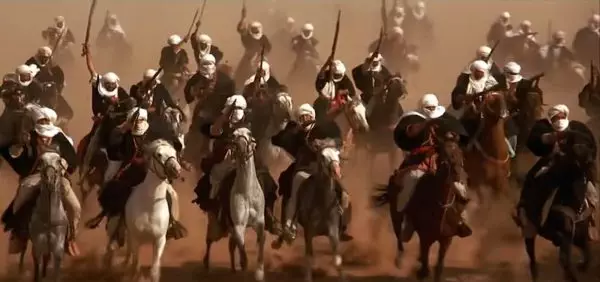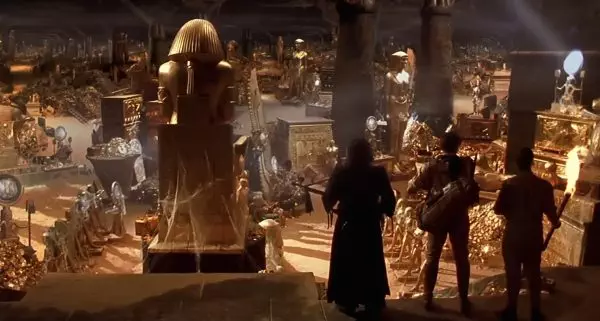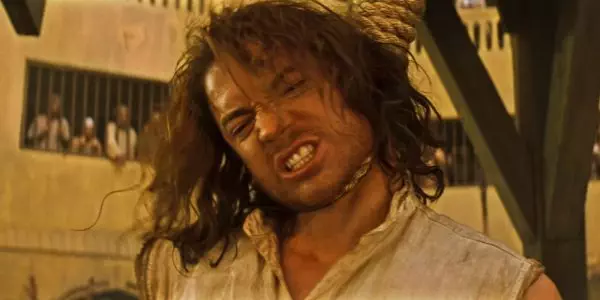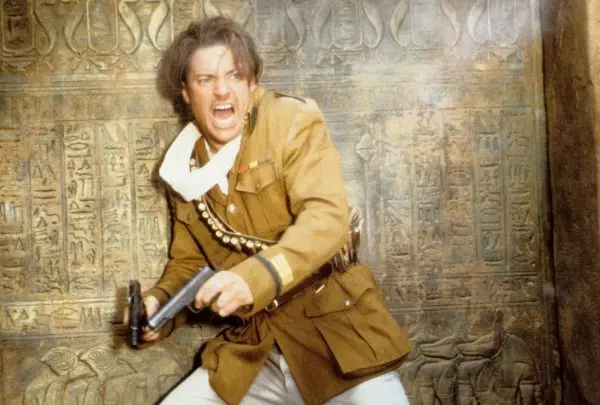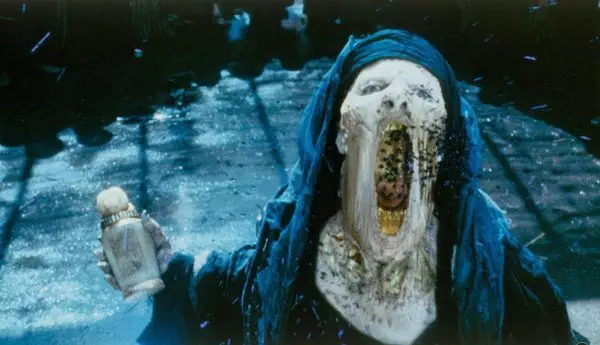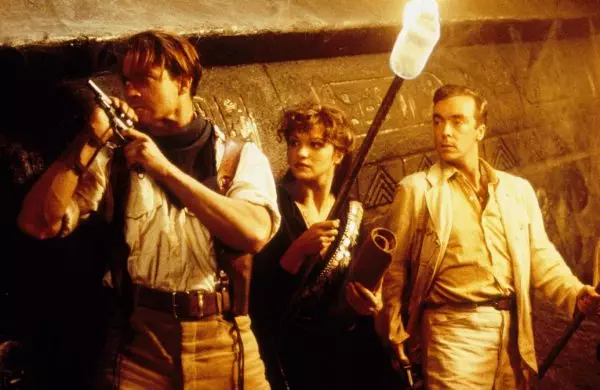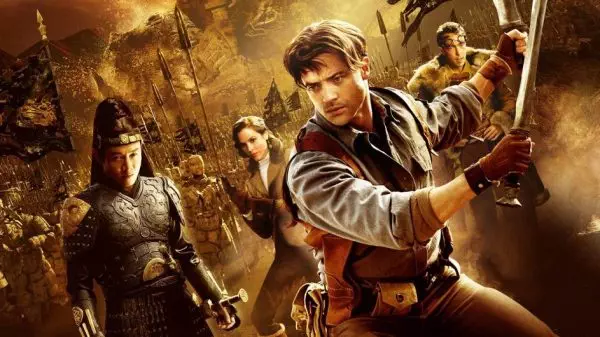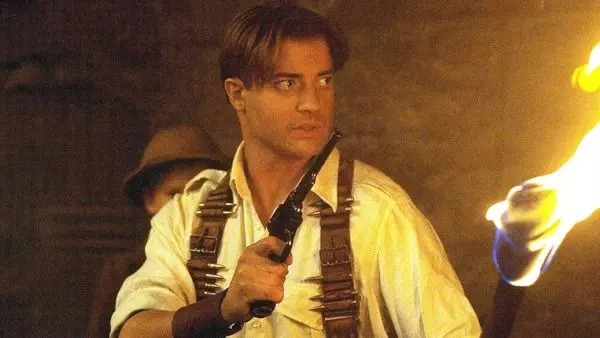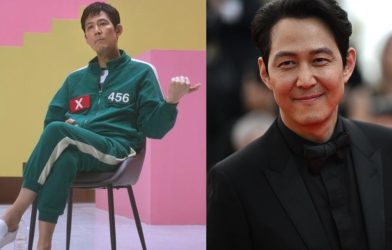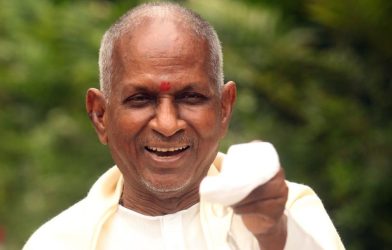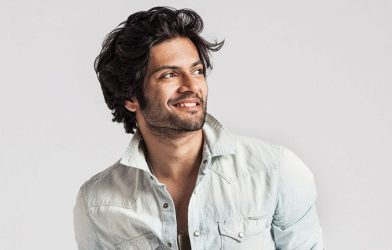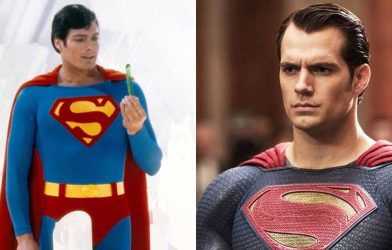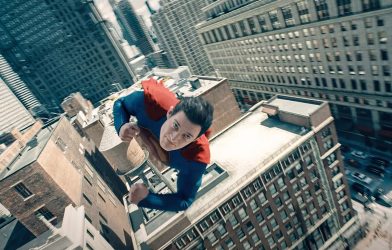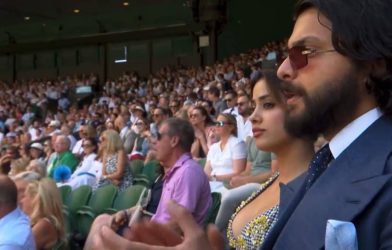Hasistha Fernando delves into the story behind 1999’s The Mummy as it turns 25…
The Mummy is truly something of an oddity because it cannot be pigeonholed to one particular genre per se. There is action, adventure, suspense, horror, and comedy all bunched together seamlessly to give us one helluva roller coaster ride. As The Mummy celebrates its 25th anniversary we revisit the goings on of what went down behind-the-scenes during the making of this unique genre hybrid actioner…
The Mummy was mired in development hell for the longest time
To say The Mummy was stuck in development hell would be a colossal understatement. Interest regarding the project started as early as the late 1980s spearheaded by the efforts of producers James Jacks and Sean Daniel, who planned to update the 1932 classic to a modern audience. Zombie horror maestro George A. Romero was the first to take a crack at the property, but when things didn’t quite fall into place Romero drifted away from the project.
Next in line was horror writer Clive Barker whose recent foray into directing with Hellraiser (1987), caught the attention of Hollywood. However, Barker’s 1990 treatment and successive 1991 screenplay by Mick Garris was deemed “too sexual and perverse” by the studio. Gremlins helmer Joe Dante was approached next, and he envisioned the film as a big-budget affair featuring Daniel Day-Lewis as the titular mummy. Horror screenwriters Alan Ormsby and John Sayles gave it their best shot but Universal balked at the higher price tag.
Romero returned to the project in 1994, and together with Ormsby and Sayles drafted a new screenplay, but the script was considered too dark and violent by Jacks and the studio, who were looking to make a more accessible flick. Garris also took a second stab at the property in 1995, developing a script which amalgamated of the 1932 original as well as 1942’s The Mummy’s Tomb but this too fell apart as the production budget was higher than expected. Finally, Tombstone (1993) scribe Kevin Jarre was commissioned to write a new screenplay in 1996 with the studio now convinced that the only way this new version would work would be as a big-budget period piece.
Stephen Sommers wanted to put a radical new spin to an old tale
Whilst Kevin Jarre was busy tinkering around with his screenplay producers James Jacks and Sean Daniel received a call from Stephen Sommers who’d recently directed the action thriller Deep Rising (1998) the year prior. Sommers envisioned his take on the property, “as a kind of Indiana Jones or Jason and the Argonauts type deal featuring the mummy as the creature giving the hero a hard time.”
Instead of a making another straightforward horror flick, the filmmaker wanted his version to be a romantic action-adventure epic infused with a few horror elements. The original 1932 movie left quite an impression on the young Sommers that he’d always wanted to recreate the parts he loved about the flick on a grander scale. Discussing Universal’s classic horror characters during an interview, Sommers recalled the reason for his unusual fixation on one monster in particular, “Frankenstein made me sad—I always felt sorry for him. Dracula was kind of cool and sexy. But The Mummy just plain scared me.”
In the wake of multiple box-office duds Universal was undergoing drastic restructuring in their management and this prompted them to visit some of their older, more successful IPs. It was in this context that Sommers saw his window of opportunity and pitched his idea to the studio with an 18-page treatment. Universal liked what they saw and not only gave the green light to the project, but they also decided to increase its budget as well. Sommers spent the next year or so working on the screenplay eyeing an early 1998 shooting date.
Brendan Fraser was cast based on the success of George of the Jungle
With a director and a solid screenplay locked in place, the cogs on the long-gestating project finally started moving. For the lead role of dashing soldier of fortune Rick O’Connell producer James Jacks considered a host of A-listers including Tom Cruise, Brad Pitt and newcomers Matt Damon and Ben Affleck, but the actors were either disinterested with the offer or were unable to free up their busy schedules for the role. The producers then looked at up-and-coming talent Brendan Fraser, fresh off the success of George of the Jungle (1997) and were interested in offering him the role. Sommers also felt that Fraser fit the Errol Flynn type character he’d envisioned O’Connell as perfectly. The actor in turn had a good understanding of his assignment and was keenly aware that his character “doesn’t take himself too seriously, otherwise the audience can’t go on that journey with him.”
Rachel Weisz wasn’t a fan of horror movies at all
Originally the studio considered an American actress to be cast alongside Brendan Fraser to play the plucky, ringlet-haired Evelyn Carnahan. But after multiple successful auditions the ever-beguiling Rachel Weisz was eventually cast in the role. The character itself was created as a tribute to Lady Evelyn Herbet, the daughter of the renowned Egyptologist Lord Carnarvon who was present during the opening of Tutankhamun’s tomb in 1922. Weisz reprised the role, which made her an international star, for The Mummy Returns (2001) but declined to return for the third outing The Mummy: Tomb of the Dragon Emperor (2007) due to script related issues. The actress even revealed she wasn’t a fan of horror movies to begin with but viewed The Mummy as more of a “hokum” comic book type affair.
Arnold Vosloo wanted to “play it straight” when it came to the villain
Arnold Vosloo has practically made a career playing scenery chewing villainy since the early 90s. The classically trained South African actor played the tortured anti-hero in Darkman II: Return of Durant (1994) and Darkman III: Die Darkman Die (1996), taking over from Liam Neeson, and embodied memorable baddies in OTT actioners like John Woo’s Hard Target (1993) produced by The Mummy’s James Jacks as well as critically acclaimed affairs like Blood Diamond (2006) headlined by Leonard DiCaprio. Nabbing the part on the first audition itself, Vosloo had one specific request for Sommers on how he wanted to approach the role, which was to play it, “absolutely straight. From Imhotep’s point of view this is a skewed version of Romeo and Juliet”. As Imhotep rocks quite a skimpy outfit in the movie Vosloo was also forced to shed 10 to 15 pounds by eschewing alcohol and sugar. Now that’s some serious commitment.
Shooting in Morocco proved to be a troublesome affair
In the beginning The Mummy was supposed to be shot mostly in Egypt but this notion changed due to the unstable political climate of the country, so production shifted to Marrakesh, Morocco. The city had the added advantage of being much less modern than Cairo, so the process of set dressing was relatively easier. Regardless, the crew set up two weeks prior to filming, taking down electric cables, telephone wires and shipping in period accurate vehicles, camels and what not.
The official support of the Moroccan Army was extended to Stephen Sommers during the making of the film due to logistical and security reasons. Sommers even took kidnapping insurance for the cast members as an added precautionary measure and disclosed this fact only after shooting had concluded. To counter the ill-effects of dehydration due to the scorching heat, the production’s medical team concocted a drink that the cast and crew had to consume every two hours. And apart from the inhospitable weather Sommers & co. had major issues with the local wildlife as well. Spider bites, snake envenomation and scorpion stings were fairly commonplace and on such occasions the crew members had to be airlifted out for medical attention.
Hamunaptra was built inside an extinct volcano
The location of Hamunaptra: City of the Dead was one of the most memorable aspects of The Mummy movie. The stunning location was discovered by production designer Allan Cameron while location scouting near Erfoud. The singularly unique geographical formation turned out to be a dormant volcano and Cameron constructed the entire Hamunaptra set within the bowels of this enormous monadnock. Before building the set Cameron and his team conducted an extensive survey of the entire extinct volcano so that accurate, scale models of the statues, columns and buildings could be pre-fabricated back at Shepperton Studios before being shipped out to Erfoud. Stephen Sommers loved the location because, “A city hidden in the crater of an extinct volcano made perfect sense. Out in the middle of the desert you would never see it. You would never think of entering the crater unless you knew what was inside that volcano.”
Brendan Fraser nearly died filming a particular scene
90s kids the world over couldn’t be happier to witness Brendan Fraser’s career resurgence last year when he walked away with the coveted Academy Award for Best Actor for his utterly gut-wrenching performance in Darren Aronofsky’s The Whale. But Fraser’s entire acting career nearly ended on the set of The Mummy, when he blacked out during the filming of the pivotal hanging scene that took place early in the movie. Rachel Weisz remembered, “He [Fraser] stopped breathing and had to be resuscitated.” Quite ironically Sommers’ only advice to Fraser before shooting the almost fatal scene was “Look good, don’t die!”.
A bombastic score courtesy of veteran composer Jerry Goldsmith
With a career spanning over four decades, veteran music composer Jerry Goldsmith has lent his talents to some of the most memorable classics in the history of cinema. Some of these include Planet of the Apes (1969), Patton (1970), Chinatown (1975), The Omen (1976), Alien (1979), Star Trek: The Motion Picture (1980), Rambo: First Blood (1982), Poltergeist (1983), Basic Instinct (1993), and L.A. Confidential (1998). By the late 90s Goldsmith had slowed down the assignment he was taking on due to health issues, but the artist was more than excited to be a part of The Mummy’s production. Inspired by the riveting story, period setting, and action-adventure hijinks Goldsmith crafted an appropriately bombastic score heavy on exotic instrumentation and moody atmosphere. So, if you are in the mood for a solid, action heavy Jerry Goldsmith score to listen to, I strongly suggest giving The Mummy a listen.
The Mummy’s original character design was completely overhauled
From the very outset, Stephen Sommers didn’t want a guy clumsily shuffling around in bandages as portrayed in the original film. Because of this Sommers engaged the services of the renowned visual effects production house Industrial Lights and Magic (ILM) while working on the script. Having worked with Sommers on his previous creature feature Deep Rising (1998), ILM was eager to take on the complex challenges of The Mummy and even produced a proof of concept for studio execs in late 1997 to demonstrate that Sommers’ vision could be successfully translated into the big screen.
Visual effects supervisor John Andrew Burton Jr. played a pivotal role in this creative process, and both he and Sommers agreed that their titular creature should be meaner, faster, and scarier than previous big screen incarnations. But since the studio was aiming for a PG-13 rating the effects team actually did tests to assess the overall “grossness threshold” of their design during the initial phase. The final creature was a combination of live-action acting with prosthetics and digital imagery. Rather than using a stunt performer, actor Arnold Vosloo volunteered to perform the motion capture for the character himself. Scenes were blocked out and performed on set during principal photography – first with Vosloo in the scene, then without. The same shots were then replicated on the motion capture sound stages, with Vosloo’s performance being captured by multiple cameras from different angles. By the end of production, it was revealed an astounding $15 million of the budget was spent on the VFX alone. That’s just nuts!
Loved by audiences & loathed by critics… well sorta
Surprisingly enthusiasm towards The Mummy was not on the high side prior to its release. Test audiences even responded negatively to the movie’s title, claiming it conjured images of a horror film from a bygone era. But Universal stuck to their guns as they were aiming to “redefine the myth with the film” so the title stayed. The studio made another gutsy move by taking out a TV spot at the Super Bowl (costing a whopping $1.6 million) which created quite an impact on audiences and rekindled interest in the long-forgotten IP.
The reward of this far-sighted investment came in the form of the massive worldwide box-office haul of $416.6 million that The Mummy achieved on a production budget of $80 million. Though the movie received mostly mixed reviews from critics there were some who had a proverbial ball with what they saw unfolding on screen. Roger Ebert of the Chicago Sun-Times gave the film a positive review, writing, “There is hardly a thing I can say in its favor, except that I was cheered by nearly every minute of it. I cannot argue for the script, the direction, the acting or even the mummy, but I can say that I was not bored and sometimes I was unreasonably pleased.” Entertainment Weekly’s Owen Gleiberman labelled it an “aggressively eye-popping horror film” while The Empire’s Caroline Westbrook summed up her experience saying, “Desert adventures. Treasures and tombs and a likeable hero in Brendan Fraser. Ignore the gaping plot holes and laughable script and you have a watchable, effects filled romp.”
The dawn of a franchise… sequels, spin-offs & reboots
The box-office earnings of The Mummy emboldened Universal to capitalize on the opportunity and so a sequel film was fast-tracked. In 2001 The Mummy Returns was released, once again, to middling reviews with many critics calling it a step down from its predecessor but a fun romp, nonetheless.
Development on the third and final installment of The Mummy trilogy was mired in delays but finally saw the light of day seven years later. The movie saw a few changes to cast and crew as well, with Rachel Weisz being replaced by Maria Bello and Rob Cohen of xXx fame taking over directorial duties from Stephen Sommers. Weisz turned down her offer to return to the franchise due to ‘script related issues’ and the birth of her newborn son. Sommers too harbored doubts if he’d have the energy to helm another Mummy movie and declined to return.
However, despite most of the central cast returning The Mummy: Tomb of the Dragon Emperor (2008) failed to connect even with audiences this time around, going on to become the lowest-grossing film in The Mummy trilogy. Plans for a fourth Mummy movie were scrapped shortly after the release of Tomb of the Dragon Emperor due to its unimpressive box-office earnings and negative reception and the franchise underwent a reboot with 2017’s much maligned Tom Cruise vehicle, also titled The Mummy.
The flick was the first entry in a planned cinematic universe titled the ‘Dark Universe’ – which featured all of Universal’s classic movie monsters in a shared universe of sorts. The characters themselves were going to be embodied by the crème-de-la-crème of Hollywood A-listers like Tom Cruise, Russell Crowe, Johnny Depp, Javier Bardem and Sophia Boutella. However, in spite of the talent involved in front of and behind the camera the Dark Universe was scrapped in the wake of The Mummy’s disappointing commercial and critical reception.
One of the more curious offshoots of The Mummy franchise was The Scorpion King movie series which birthed with the release of the Dwayne ‘The Rock’ Johnson headlined The Scorpion King (2002). The movie marked Johnson’s first lead role in a feature film and its success led to the release of four straight-to-home video releases which…weren’t all that well received. An upcoming theatrical reboots is currently in the works. In addition to movies, an animated TV series produced by Universal Cartoon Studios, numerous video games and a roller-coaster inspired by the films titled Revenge of the Mummy was also launched at Universal Studios Theme Parks.
The prospect of The Mummy 4 happening seems like a possibility now more than ever, following Brendan Fraser’s Oscar win and career resurgence. We’ve already seen Keanu Reeves make a comeback with IPs associated with him so why not a Mummy 4 right? During an interview with Variety in 2022 Fraser even admitted he’d be open to revisiting the franchise that made him a mega star, “I don’t know how it would work,” he said. “But I’d be open to it if someone came up with the right concept.” With Hollywood’s tendency of reviving once successful properties here’s hoping that they’d consider giving The Mummy 4 another shot, sooner rather than later.
What are your thoughts on The Mummy? Would you like to see the cast reunite for a fourth instalment? Let us know on our social channels @FlickeringMyth…
Hasitha Fernando is a part-time medical practitioner and full-time cinephile. Follow him on Twitter via @DoctorCinephile for regular updates on the world of entertainment.

